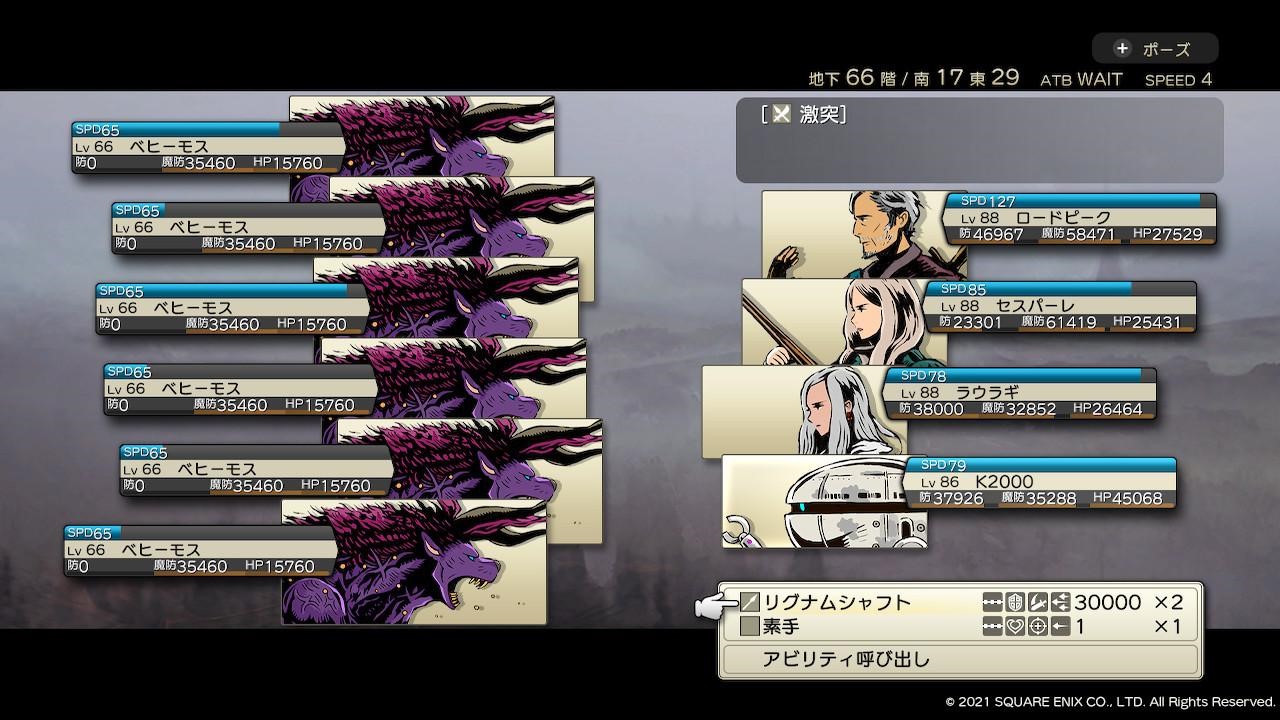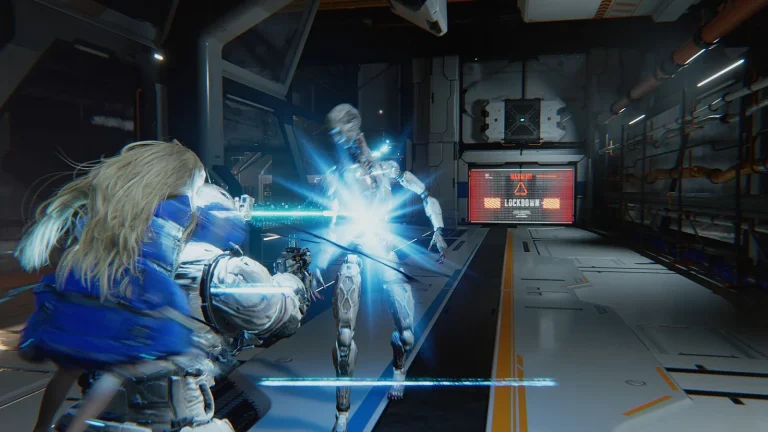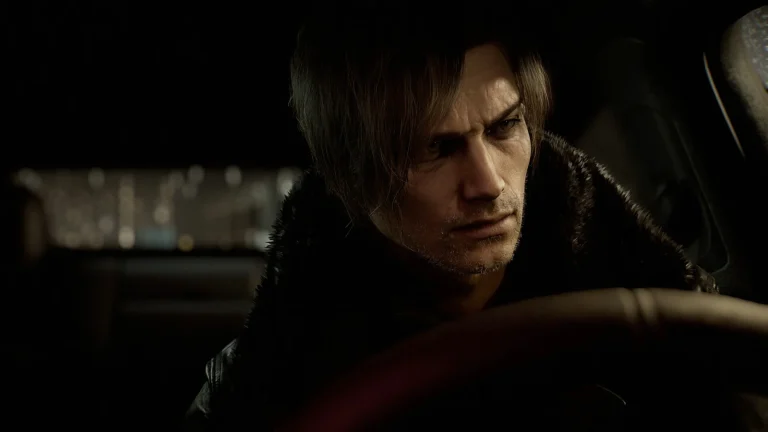Publication date of the original Japanese article: 2021-12-27 17:00 (JST)
Translated by. Braden Noyes
This article is a summary of an email interview with Dungeon Encounters’ producer Hiroaki Kato and director Hiroyuki Ito, originally published here on the Japanese edition of AUTOMATON.
We were prepared for a mixed reception


Square Enix’s recent title, Dungeon Encounters, features a minimalistic game design that has received mixed reviews since its release. We asked the director and producer what they thought of the game’s reception and whether or not they had anticipated such divided opinions.
Kato explained that due to the game’s unique design, they were prepared for mixed reviews as soon as it was released. However, they also predicted that “after a couple months had passed and players had been given enough time to thoroughly explore the game, the reviews would begin to lean toward the positive side.” And indeed, player reviews have been doing exactly that in the months since the game’s initial launch.
Reactions to the “skin and bones” assessment

Dungeon Encounters has been described as a “skin and bones game” in reviews by both players and various media outlets. According to Ito, that expression actually fits the game quite nicely. He explains the Dungeon Encounters project was all about focusing on the structure, aka the bones, of the game first, then packaging into a bare minimum amount of skin.
Kato also seems to be content with the “skin and bones” expression. However, he did mention the volume of data that went into the game is on par with many of the numbered Final Fantasy titles from the past. He describes it as a game that looks slender on the outside, but has a lot going on underneath.
As the Boy Scouts motto goes, Be Prepared
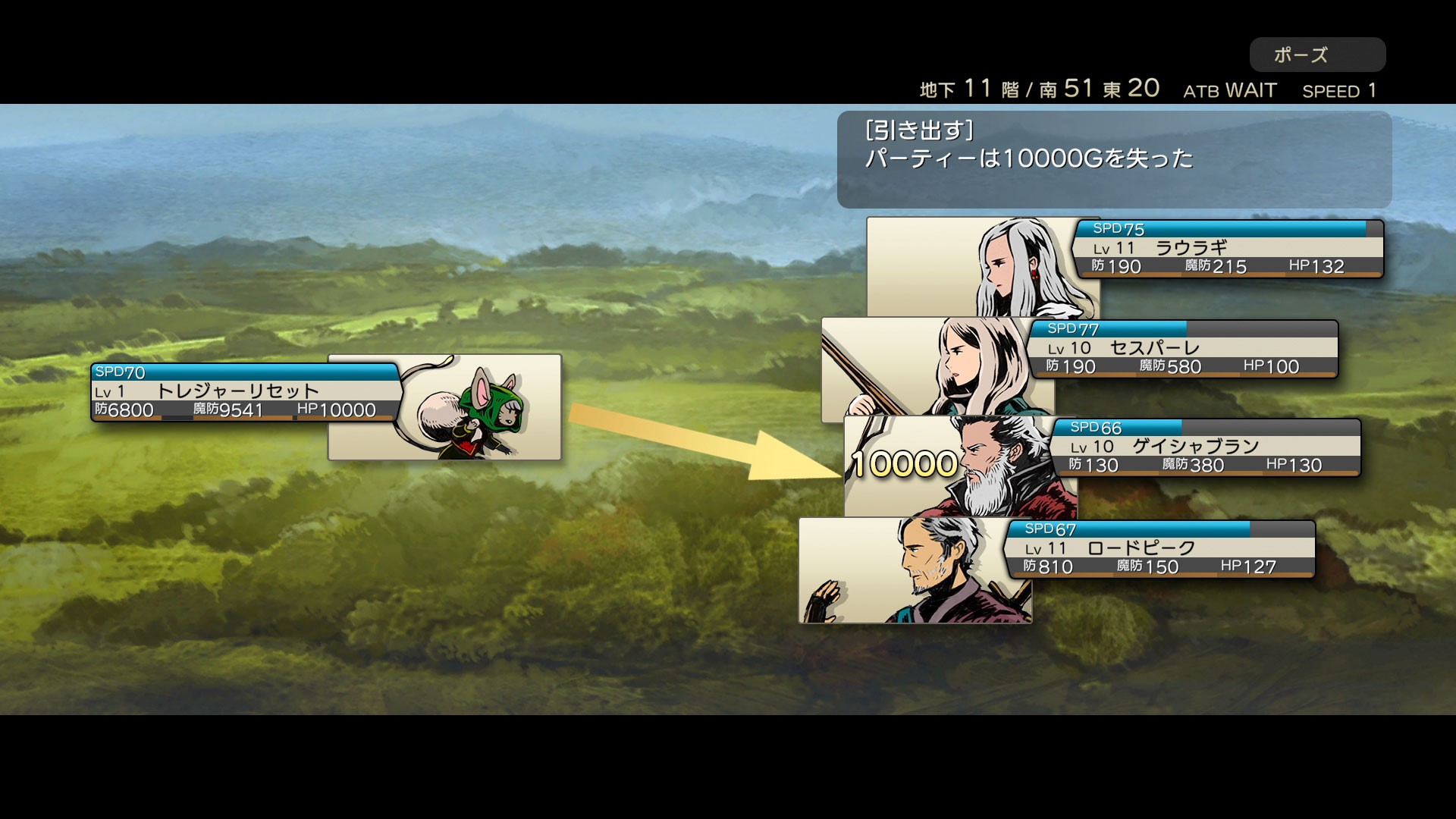
Many of the enemies within the game’s labyrinth have specialized attacks or are able to inflict harmful status conditions on your party members. However, as long as players are making an effort to properly explore, it is usually possible to acquire abilities that can neutralize these dangers before ever encountering those particular enemies for the first time.
Ito says this stems from the Boy Scout motto, “Be prepared.” When players fall victim to the dangers of the labyrinth, it is more often than not the result of neglecting to properly prepare or take heed of all the information available through exploration. That being said, Ito says he most regrets how bothersome it is to deal with petrified party members. According to him, “Because there’s an ability that grants perfect defense, we needed something that could counterbalance it. I hope the players understand.”
Greater Ascension and Greater Descension will need a rework in any sequels

It would seem the developers believe the Greater Ascension and Greater Descension abilities alter the balance of the game a bit too much. Ito mentioned that in the event a sequel is ever made, they will have to put extra thought into how these abilities work. He also expressed that the biggest problem is the timing at which players acquire the Greater Ascension ability. “Obtaining this ability drastically changes the feel of the game, so I sort of hope players will think of the game as having two distinct parts to it…”
Design concept: You will grow stronger as long as you’re able to equip items

When it comes to the character progression system, the weapons and armor a character equips have a significantly larger impact on a character’s overall strength than the stat increases gained by leveling up. Ito explained the basic design concept for this was, “you will grow stronger as long as you’re able to equip items.” The equipment cost (Proficiency Points) of these items was the central piece to their concept, and the whole progression system was made around it.
A world left up to the player’s imagination
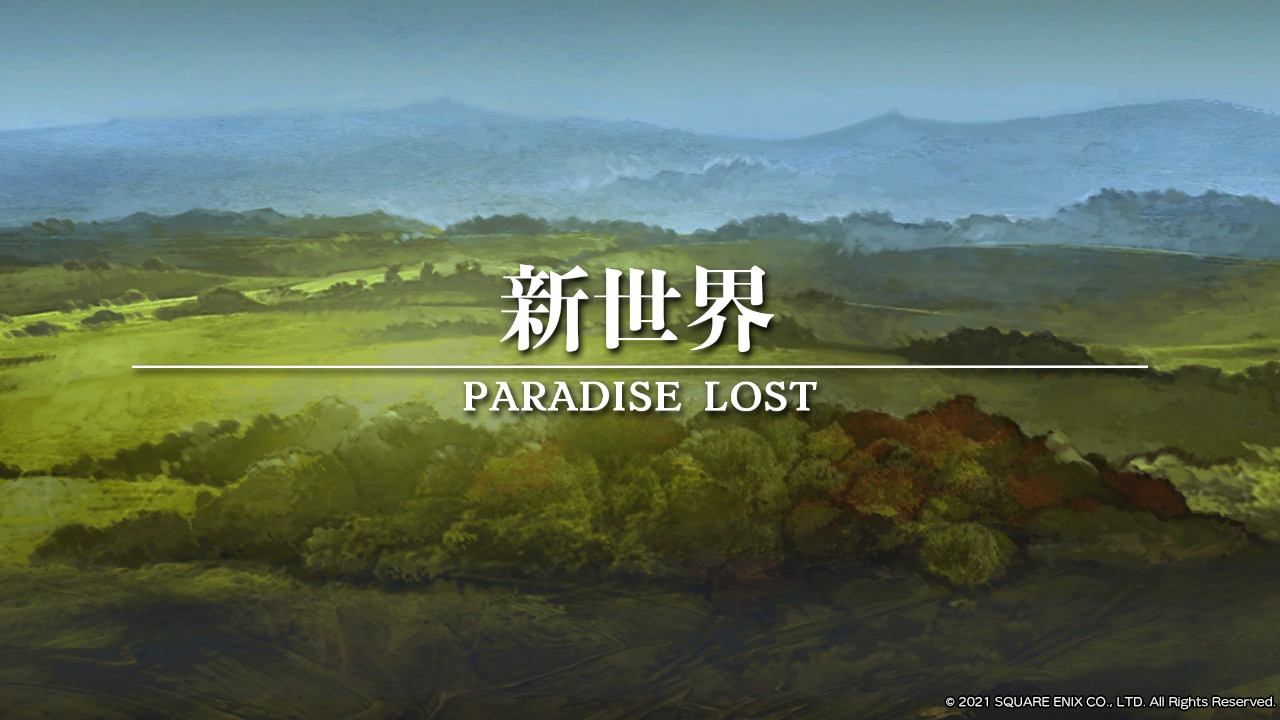
Dungeon Encounters provides little in the form of a backstory for either the world or the characters in it, instead leaving the vast majority of the details up to the players’ imaginations. We asked Ito to what degree the development team planned out the backstory of the game. He had the following to say:
“The story is set in a town in which the people all generally know each other. When a labyrinth suddenly appears, bringing disaster with it, the townspeople must come together to overcome the danger it poses. That is the extent to which the game’s world was fleshed out.”
How rock arrangements of classical melodies became the music for the game
When asked about the sequence of events that led to the development team using rock arrangements of classical music for the game, Kato shared the following with us:
“I was speaking with Nobuo Uematsu about the game’s music and mentioned a conversation I’d previously had with Ito in which he thought arranging classical music for use in a game would give it a unique feel. When I told Uematsu it was my hope to make that happen for Dungeon Encounters, he was on board.
I left the song selection up to Uematsu and Ito, and while the original idea was to use piano arrangements, Uematsu suggested guitar arrangements would give the music an even more distinct feel, so that’s what we ended up going with. Personally, I’m a huge fan of genres like hard rock and heavy metal, so I didn’t need any convincing when the suggestion was made! (Haha!)”
Think of the labyrinth as a high-rise apartment building
We ask Ito why enemy monsters were the ones running the shops within the labyrinth. As he puts it, “think of the labyrinth as a high-rise apartment building. If the final boss is the superintendent, and the hidden bosses are the developers, that would make the shopkeepers and other service providers the concierges. Since these are all jobs filled by the apartment complex, it makes sense that those providing concierge service would also be monsters.” After hearing that, our view of the labyrinth suddenly changed.
The game’s story takes place within a labyrinth after it suddenly appears in the middle of a small town. We asked whether this sort of incident is a rather common occurrence within the game’s world, to which Ito provided the following explanation:
“Have you heard of the Count of St. Germain? He lived during the 18th century and is said to have disappeared after proclaiming he would appear once again in 200 years’ time. I like to think of the labyrinth in Dungeon Encounters as an entity that functions in a similar way, predestined to appear in different places throughout history. On top of that, the inhabitants of this world view the appearance of the labyrinth as a type of natural disaster in much the same way as we think of an earthquake or a hurricane.”
Numerical puzzle solutions were supposed to take years to find
The author of this article’s original Japanese version was particularly surprised by the difficulty of Dungeon Encounters’ 15th and 16th math riddles, eventually blurting out, “Who could have figured that out?!” after finally learning the solution. When asked why these two riddles were so difficult compared to the others, Ito explained the first 14 were created with either mathematical or code-like solutions in mind. However, number 15 and 16 were designed in the hopes that the solutions would be stumbled upon more by chance.
“It may take years, but as they’re going over data or watching a video with a friend, the player would have a sudden epiphany and jump to their feet. I imagined a scene in which those present ask, “Is something wrong?” while the player is shouting “I’ve finally got it!” inside their head. I’ve always wanted to experience such a moment myself, so I thought I would try to give that to the players. As it turns out, however, players had no problem at all finding the answer. I guess that’s just the way things go.”
The origin of the character names

All of the Japanese character names were based on actual mountains or their nearby geographical features. Ito shared that he believes it’s easier to come up with names when there is an original source to reference, so they decided to pay respect to the many characters by giving them the names of various mountains. Japanese players may think that the character Neko (named “Sir Cat” in the English version) would be an exception to this. However, Ito informed us there is indeed a mountain in the city of Izu named Nekkodake.
Future plans and the possibility of a sequel
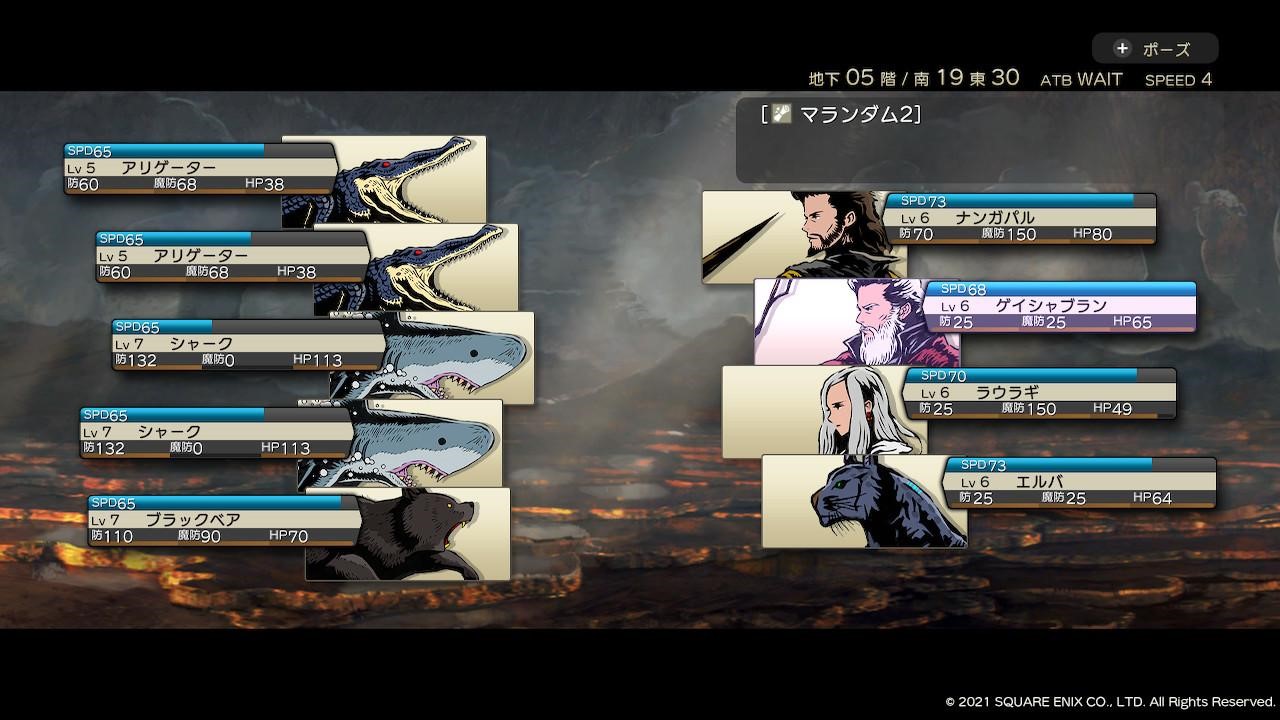
According to Kato, Dungeon Encounters is complete and there are no plans for any future updates. As for the question of a sequel, however, he seems to support the possibility, saying, “I would keep the elements that allow players to get lost in the game, but it might be nice to take an expanded approach on aspects such as story and visual elements.” Similarly, Ito added that if players and the company both approve of a sequel, he would “very much like to make the labyrinth appear in another town.”
Dungeon Encounters is currently available on PS4, Nintendo Switch, and Steam. We encourage anyone interested in attempting to solve a challenging, non-conventional dungeon to give this title a try.

